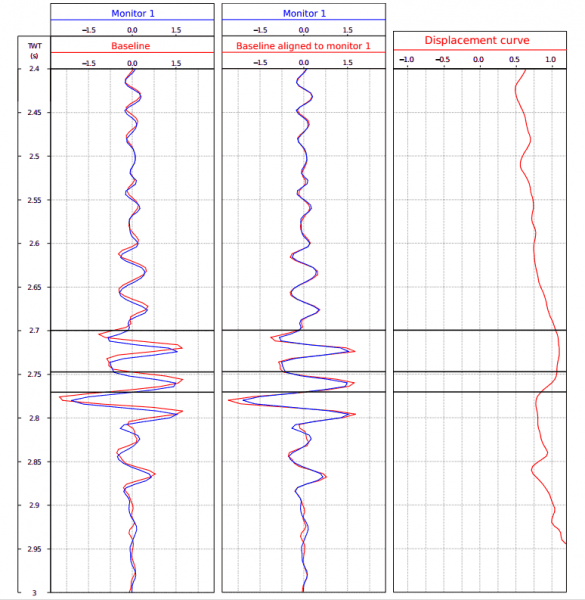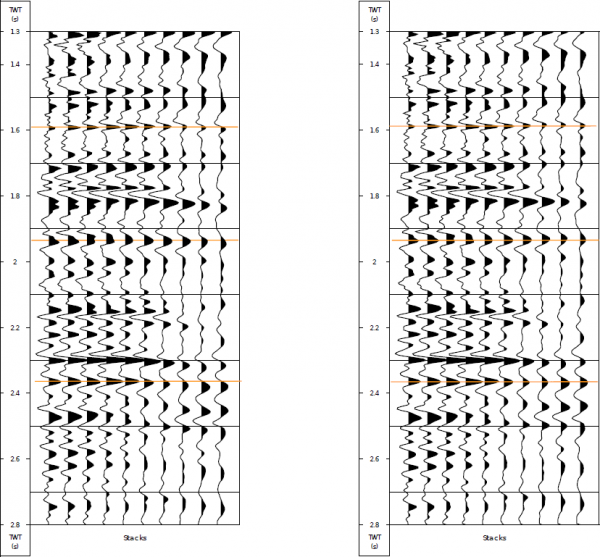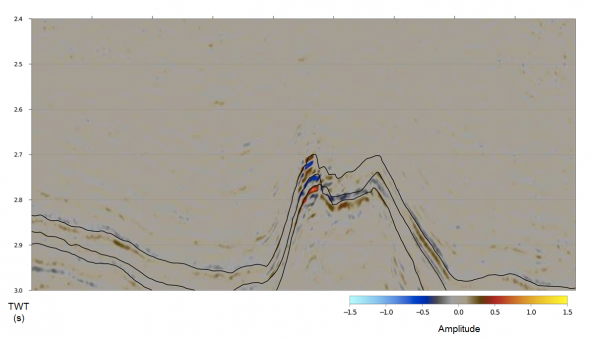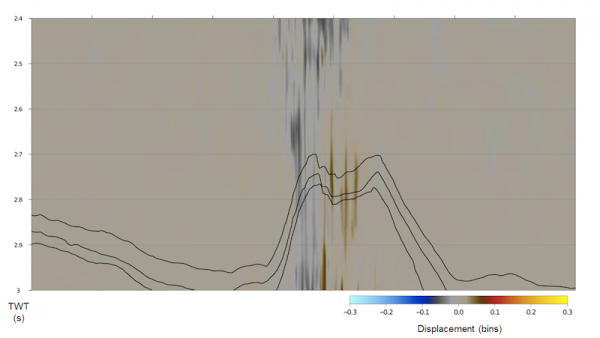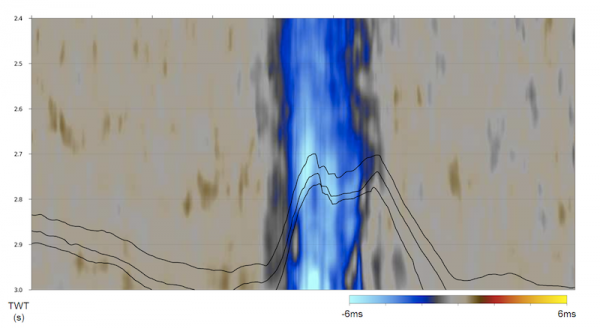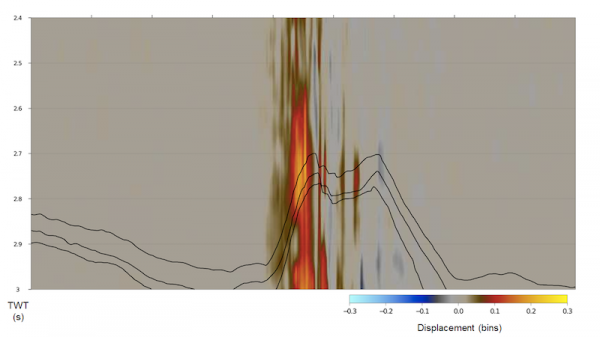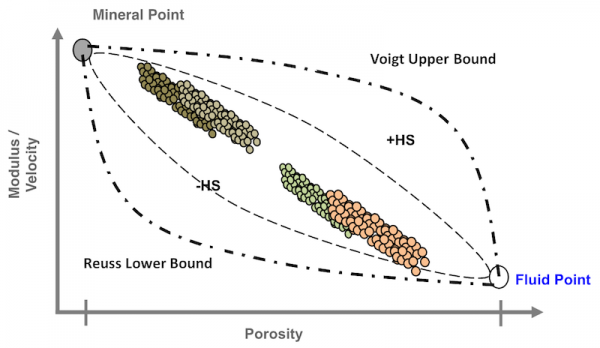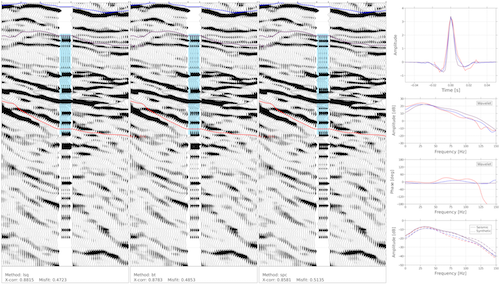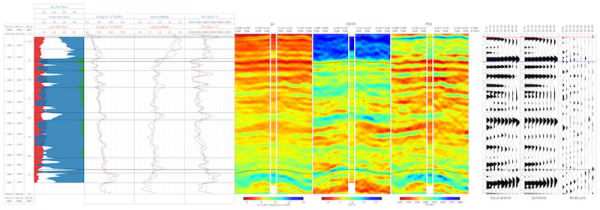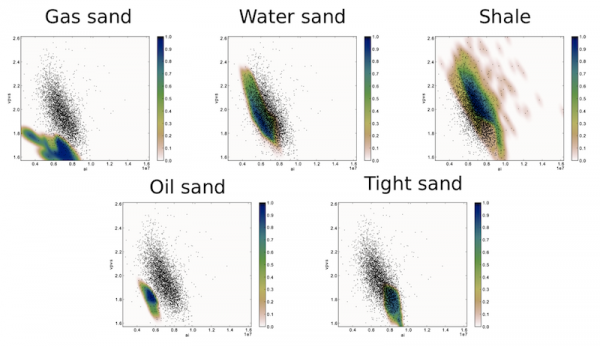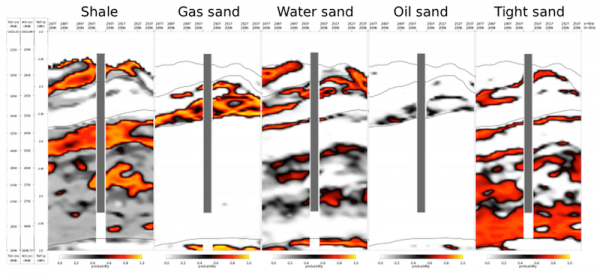qeye
To ensure a successful QI study we offer a full suite of seismic data conditioning tools to improve the quality of the input seismic data. These include various noise suppression techniques and other processes to get the data into a state that is suitable for inversion. Our seismic conditioning algo ...
Read More ...
To bridge the gap between seismic data obtained by remote sensing at surface and petrophysical data obtained by direct measurements in a wellbore, we implement the use of rock physics models.
Rock physics provides the relationship between rock properties such as porosity, mineral fractions and wate ...
Read More ...
To calibrate seismic data obtained in the time domain to well data obtained in the depth domain, a detailed time-depth analysis followed by wavelet estimation must be performed. This also requires an accurate evaluation of the angle dependent reflectivity response for the extraction of a reliable wa ...
Read More ...
The Qeye low-frequency modelling uses well logs, seismic horizons and seismic velocities.
The algorithm supports the following features:
different depositional systems can be used between the horizons (conformable, on lapping and off-lapping)
radial basis function interpolation
interpolation g ...
Read More ...
Historically, seismic data was used to generate images of the geological structure subsurface. Modern quantitative interpretation (QI) extracts additional, high value information from the (usually prestack) seismic data.
The variation of the seismic amplitude with incident angle (AVO) (and azimuth ...
Read More ...
The prediction of subsurface lithology and fluid content can be performed using two approaches. The first approach is a Bayesian lithology classification scheme, which provides the probabilities of selected lithologies from their elastic response.
The second approach uses the derived rock physics m ...
Read More ...

